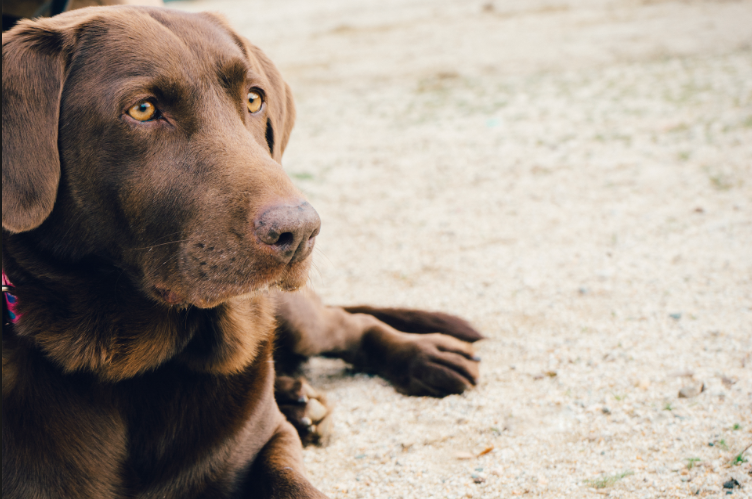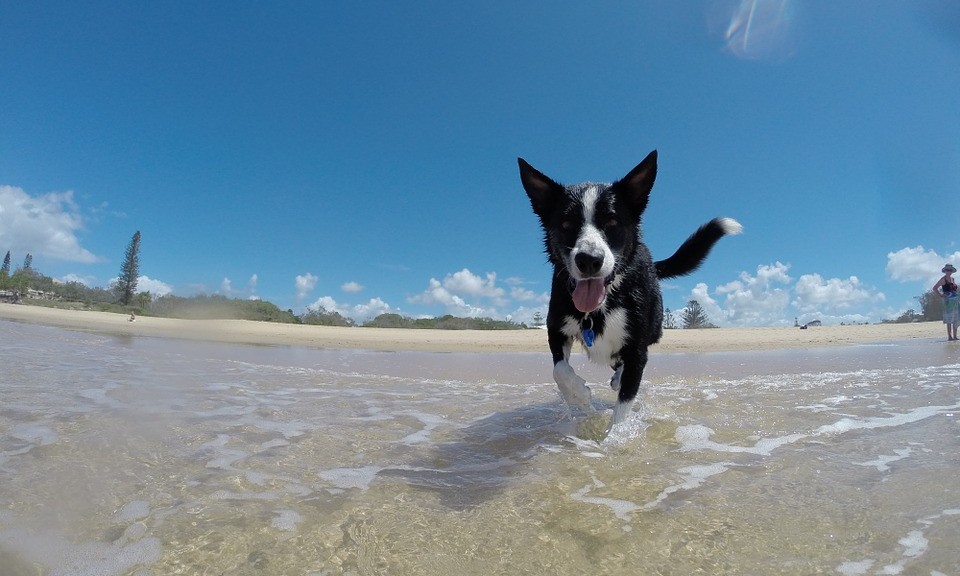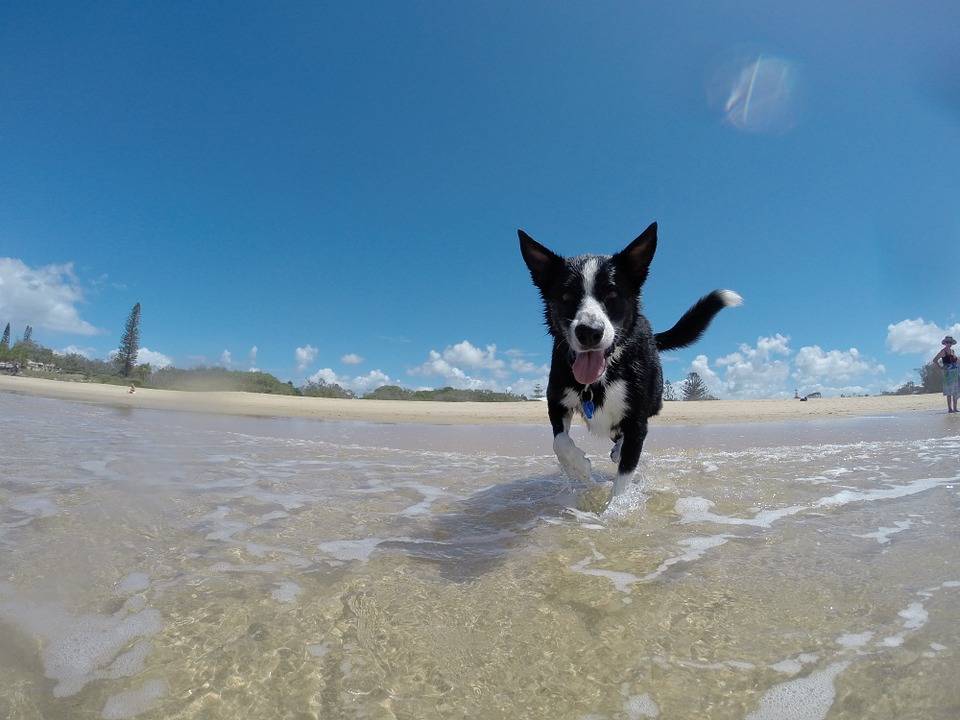
As the Fourth of July approaches, we begin to plan our parties and BBQs without much thought of the dogs. Sure, we can leave them inside, but that doesn’t keep them calm during one of those most traumatic days of the year for them. Here are a few ways in which you can help keep your dog calm during the Fourth.
1. Bring him inside
Even if your dog is an outside dog, leave him inside throughout the duration of the firework or Fourth of July celebration. It will reduce the risk of him jumping the fence or running into the streets.2. Turn on the Radio or TV
Turning on the TV or radio will not only help muffle the sound, but the constant noise will help distract him. Soothing music will help the most, but turn on the radio or TV a few hours before the festivities begin so your dog can associate the noise with peace and comfort.3. Let him hide
If your dog gets scared and runs under a table or bed, let him. Dragging your dog out from his hiding place may put further stress on him.4. Get him a blanket
Sometimes letting him hide under a blanket is the best thing for him. If you have time, create a small hiding place for him. If you have a crate, cover the crate with a blanket or towel to create a hiding place.5. Give him a treat
Distract your dog by giving him something fun to do. Either give him his favorite treat so he can associate the noise with positive things or give him his favorite chew toy or a kong filled with peanut butter to keep him busy.6. Close windows, doors, and curtains
If you can, close any or all windows and doors to help muffle the noise. Closing the curtains will also help with hiding the flashing light that can further scare your little guy. If you’re lighting off fireworks yourself, try and keep fireworks as far away from the house as possible.7. Give him exercise
Earlier in the day, make sure to give your dog enough exercise to wear him out. If the dog has less energy the less he’ll be prone to panic during the fireworks.8. Keep calm
It is important to keep calm during the festivities to not over excite your dog. If you’re having guests over, keep the party away from him as people tend to get excited around dogs, which can further stress him.









